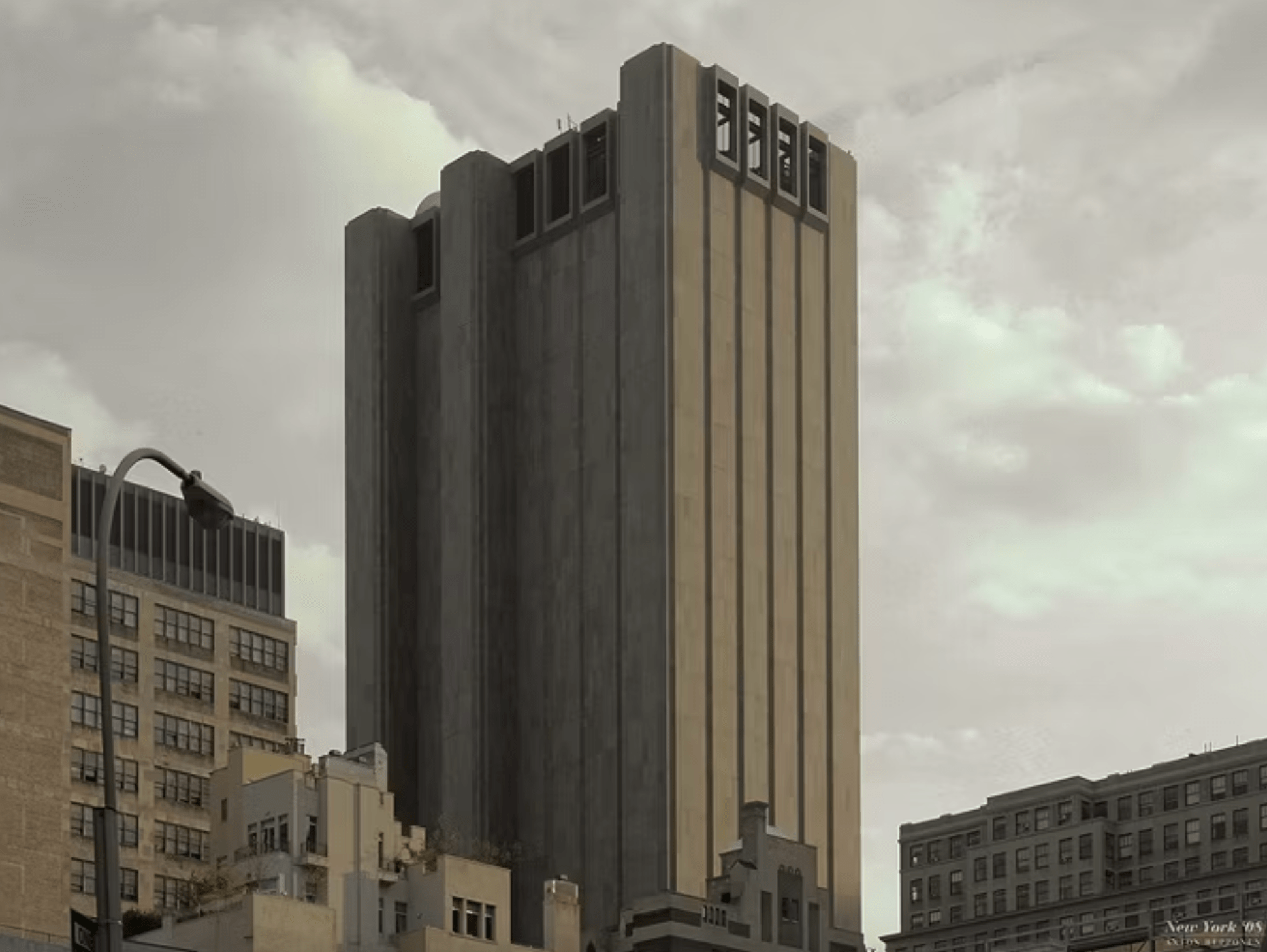Welcome to Lower Manhattan, where a towering skyscraper at 33 Thomas Street has perplexed and intrigued New Yorkers for decades. Standing 29 stories high with an imposing gray exterior, this unique building stands out among its neighboring structures. What sets it apart? It lacks a single window and remains in darkness, casting an eerie shadow over the bustling city.

This enigmatic structure, also known as the “Long Lines Building,” was constructed in 1974 by the architectural firm John Carl Warnecke & Associates. Originally designed to withstand atomic blasts, it was intended to house vital telecommunications equipment and serve as a communication nerve center fortified against nuclear threats.
Behind its mysterious facade, it appears that 33 Thomas Street holds a deeper secret. Evidence from documents leaked by NSA whistleblower Edward Snowden, combined with architectural plans and interviews with former AT&T employees, suggests that this building served as a covert NSA surveillance site, codenamed Titanpointe.
The NSA’s involvement in 33 Thomas Street extends beyond speculation. Inside the building lies a major international gateway switch, facilitating phone calls between the United States and countries worldwide. It is believed that the NSA tapped into these calls from a secure facility within the AT&T building. This surveillance program targeted not only international organizations such as the United Nations, the International Monetary Fund, and the World Bank but also various countries, including U.S. allies.
While AT&T has cooperated with the NSA on surveillance, the specifics of facilities like 33 Thomas Street remain largely undisclosed. The leaked documents shed light on how NSA equipment has been integrated into AT&T’s network in New York City, revealing the methods and technology used by the agency to gather communications data.
The NSA’s presence within this iconic skyscraper raises important questions about the boundaries of surveillance in the modern world. Elizabeth Goitein, co-director of the liberty and national security program at the Brennan Center for Justice, observes that our communications service providers have become, willingly or unwillingly, a part of the surveillance state. The deep integration of the NSA within our domestic communications infrastructure challenges the notion that such surveillance is limited to non-American targets.
AT&T’s close relationship with the NSA is well-documented, although it remains unclear whether the NSA utilized AT&T’s space or equipment within 33 Thomas Street. This ambiguity raises concerns about the extent of government surveillance within the building.
Ultimately, 33 Thomas Street stands as an iconic and enigmatic symbol in New York City. It embodies the history of telecommunications and the mysteries of modern surveillance within its concrete walls. While the true extent of its involvement in government spying may forever remain concealed, this windowless skyscraper serves as a reminder of the delicate balance between privacy and security in our interconnected world.





